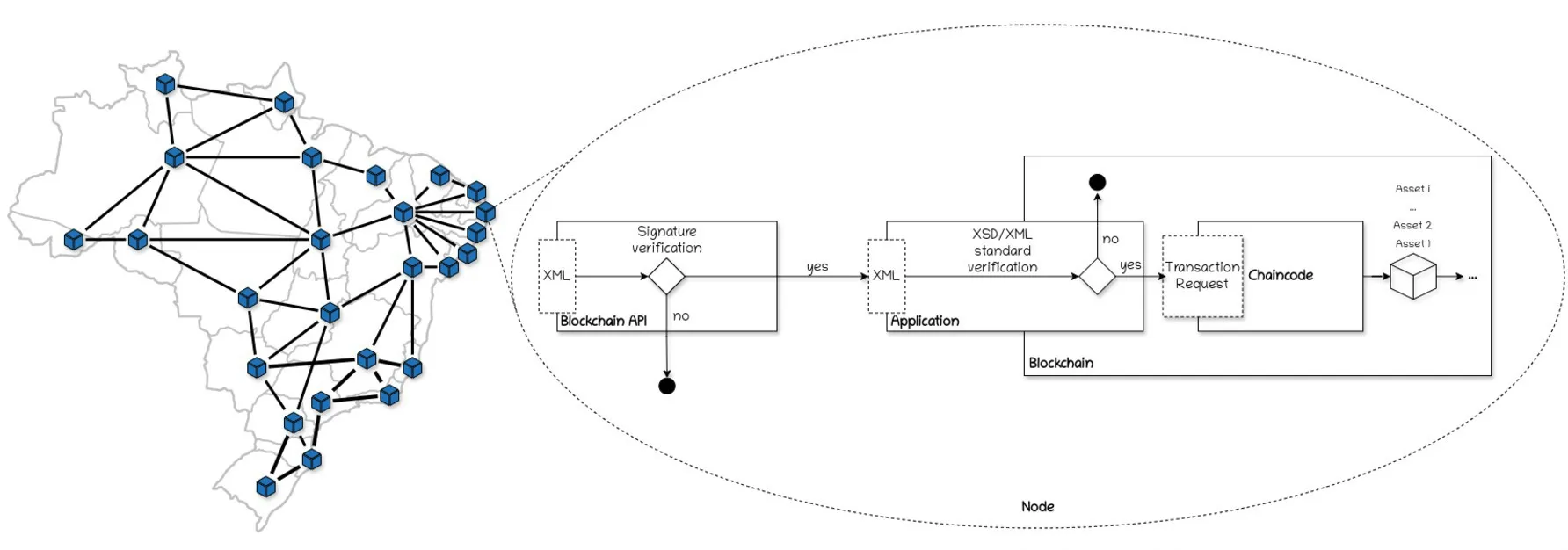The global evolution of higher education has revolutionized access to universities and colleges, breaking down barriers for individuals. In Brazil, this transformation has been particularly pronounced, fueled by the desire to leverage education to improve the standard of living. Research indicates a substantial increase in earnings for Brazilians with higher-education qualifications compared to those without.3 However, challenges arise as a significant portion of the population lacks degrees, with only a small number of Brazilians over 24 years old holding such credentials.1
This scarcity has given rise to a surge in fraudulent degree certificates, creating a clandestine market. Recent incidents5 highlight the alarming prevalence of fake degrees, ranging from easily detectable forgeries to sophisticated schemes. This fraudulent activity extends beyond academic purposes, with individuals using fake degrees to secure employment, including in sensitive sectors.
The issuance and validation of paper-based degree certificates in Brazil presents a significant hurdle. The decentralized nature of record-keeping, with each institution responsible for maintaining its registry, poses difficulties in assessing, verifying, and confirming certificate authenticity. Natural disasters or institutional failures can further complicate this process4—for example, one institution’s bankruptcy resulted in the loss of academic records.
Recognizing the urgent need for a secure and transparent system, the Brazilian Ministry of Education introduced regulations6 that pave the way for the issuance of digital degree certificates. We helped build a proposal offering a comprehensive technical specification for digital degree certificates.2 Leveraging Brazil’s existing PKI and digital signature standards, we advocate for the use of XML and XML Advanced Electronic Signatures (XADES) for degree certificate creation. Aside from creating a new data organization tool for educational processes, this approach ensures document authenticity, integrity, and validity according to Brazilian laws.
Using XML format and XADES for digital degree certificates not only aligns with Brazil’s experience on digital documents, but also enables standardization and syntactical validation. Importantly, we address long-term security by proposing strategies for long-term security maintenance.
The main goal was to create a digital document that exists solely in digital form, with legal validity, authenticity, integrity, maintainability, and authorship guaranteed through the use of qualified digital certificates.7 The strategy was to create a digital degree certificate that becomes official from the “print button” process onward, compared to its paper counterpart, making it an accessory to processes already in place in higher education institutions (HEIs).
Recognizing the importance of ornamental and decorative features in traditional certificates, we propose a visual representation mirroring the established guidelines for paper degree certificates. This representation includes a unique URL and QR code for users to access the original digital version, fostering familiarity and ease of use.
The visual representation of the digital degree certificate is crucial for user adoption. Our idea is to maintain features that most people would like to see on their degree certificates, such as ornamental and decorative elements. Visual representation is not a substitute for the digital degree certificate but an adjunct document guiding the user on how to recover the original electronically signed XML version.
With the degree certificate, we added some accessory documents, such as a digital transcript XML document that enables data transference between institutions and a list of revoked degree certificates to address the problems of invalid degree certificates. We also standardized the digitization of the documents kept with student academic records, and we created a definition for the curricula that enables the automatic processing of transcripts to determine if a student finished the course.
One of the main challenges with paper-based degree certificates is the cumbersome and time-consuming validation process, typically involving queries to the issuing institution. To address this, we propose integrating all that data within an app that details the student’s entire academic journey. This app uses a blockchain network that transacts the XMLs generated for the transcripts and the degree certificates, allowing for automatic issuance of the degree certificate when the curricula criteria are met. This blockchain will be brought forward as a new piece of regulation by the Brazilian Ministry of Education in the future. The main components of the blockchain network are shown in the figure. The nodes in the Brazilian map represent the HEIs, which connect to a peer-to-peer network. Nodes maintain a copy of the blockchain and must run the following steps. First, the node API receives an XML and verifies its signatures. If the signatures are valid, the API sends the XML to the next step in the data flow. Next, the application, which works as the interface to the blockchain network, verifies if the XML content correctly follows the standard XSD. Finally, if the verification passes, the application creates the appropriate transaction request to the chaincode, which executes the logic to write and read data in the blockchain.
We started trying to address the pressing issue of fraudulent degree certificates in Brazil by leveraging modern technology and existing infrastructure. The implementation of digital degree certificates has the potential to enhance security, transparency, and accessibility in education. As a steppingstone, this proposal sets the stage for further digitization of academic documents, contributing to a fairer and more reliable educational landscape in Brazil.
It is important to say that with the success of the implementation of the digital degree certificate, we can aim at other documents in the academic collection of documents that may benefit from digitization in the same way we proposed with the degree certificate. A future work we propose is the evolution of our research to study how this digital degree certificate that was conceived for higher education can be applied to other levels of education, such as K-12 and masters and doctorates, bringing the benefits to more people in Brazil.





Join the Discussion (0)
Become a Member or Sign In to Post a Comment